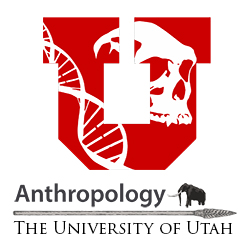Interdisciplinary evidence for early domestic horse exploitation in southern Patagonia
Authors:
William Timothy Treal Taylor, Juan Bautista Belardi, Ramiro Barberena, Joan Brenner Coltrain, Flavia Carballo Marina, Luis Alberto Borrero, Joshua L Conver, Gregory Hodgins, Marjolein Admiraal, Oliver Edward Craig, Alexandre Lucquin, Helen Marie Talbot, Jasmine Lundy, Xuexue Liu, Lorelei Chauvey, Stéphanie Schiavinato, Andaine Seguin-Orlando, Petrus Le Roux, Mary Lucas, Ludovic Orlando, Patrick Roberts, Emily Lena Jones
Abstract:
The introduction of domestic horses transformed Indigenous societies across the grasslands of Argentina, leading to the emergence of specialized horse cultures across the Southern Cone. However, the dynamics of this introduction are poorly chronicled by historic records. Here, we apply archaeozoological and biomolecular techniques to horse remains from the site of Chorrillo Grande 1 in southern Argentina. Osteological and taphonomic analyses suggest that horses were pastorally managed and used for food by Aónikenk/Tehuelche hunter-gatherers before the onset of permanent European settlement, as early as the mid-17th century. DNA-based sex identifications suggest consumption of both male and female horses, while ceramic residue also shows use of guanaco products. Sequential isotope analyses on horse dentition reveal an origin in southern Patagonia and movement of these animals between the Río Coig and Río Gallegos basins. These results reinforce emerging evidence for rapid Indigenous-mediated dispersal of horses in the Americas and demonstrate that horses catalyzed rapid economic and social transformations.
This publication can be viewed here

